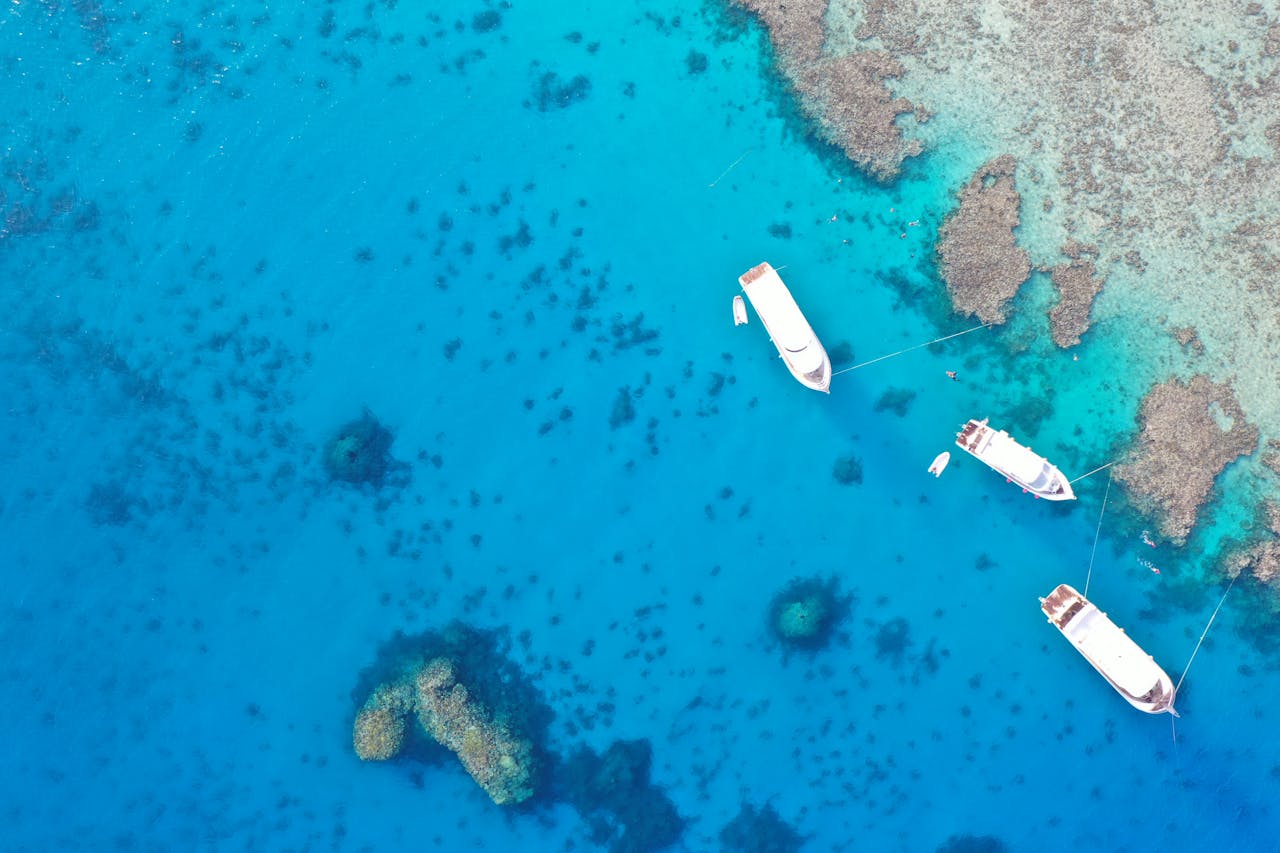The Bermuda Triangle, spanning the oceanic region between Florida, Puerto Rico, and Bermuda, has long been shrouded in mystery. Dubbed “The Devil’s Triangle,” this area has been associated with numerous unexplained disappearances of ships and planes over the centuries. Speculations range from extra-terrestrial activities to enigmatic natural phenomena, but the truth may be far less extraordinary.
Historical Origins of the Bermuda Triangle Legend
The ominous reputation of the Bermuda Triangle can be traced back to Christopher Columbus. On October 8, 1492, Columbus documented unusual compass readings in his log. Concerned about causing panic among his crew, he withheld this information. Days later, when Columbus observed a mysterious light, the crew threatened to abandon their voyage, showcasing the pervasive anxiety surrounding the area.
Compass malfunctions in the Bermuda Triangle have fueled myths about navigational anomalies. However, these reports are often exaggerated. The U.S. Coast Guard attempted to explain these anomalies in 1970, noting that the Triangle is one of two places on Earth where magnetic compasses point towards true north instead of magnetic north. This magnetic variation, although significant, is well-known to navigators and is a basic aspect of compass-based navigation.
In 2005, the Coast Guard reassessed the issue, clarifying that the Bermuda Triangle does not possess any unusual magnetic properties that distinguish it from other regions. Any exceptional magnetic readings reported have not been significant enough to substantiate the myths.
Rise of the Bermuda Triangle Myth
The modern myth of the Bermuda Triangle began in 1950 when Edward Van Winkle Jones’s article in the Associated Press highlighted several mysterious disappearances, including the vanishing of five U.S. Navy torpedo bombers on December 5, 1945, and the losses of commercial airliners “Star Tiger” and “Star Ariel” in 1948 and 1949. These incidents, involving around 135 people, fed into the narrative of the Bermuda Triangle as a dangerous zone.
In 1955, M.K. Jessup’s book, “The Case for the UFO,” suggested alien involvement due to the lack of wreckage or bodies. Vincent H. Gaddis’s 1964 article, which coined the term “Bermuda Triangle,” claimed over 1,000 lives had been lost to the area, reinforcing the idea of a pattern of strange events. The 1970s saw a surge in interest with Charles Berlitz’s bestseller “The Bermuda Triangle,” further entrenching the legend in popular culture.
Debunking the Myths
Critics like Larry Kusche, in his 1975 book “The Bermuda Triangle Mystery: Solved,” argued that previous authors had exaggerated disappearances and failed to conduct proper research. Kusche’s meticulous investigation revealed that the number of incidents in the Bermuda Triangle was no greater than in any other heavily trafficked ocean region. He found that many supposed mysteries were either fabricated or occurred outside the Triangle.
Kusche’s work significantly undermined the sensationalist narrative. Despite the debunking, the Bermuda Triangle remains a popular subject in media, with numerous articles, TV shows, and films perpetuating the myth.
Rational Explanations for Disappearances
The disappearances in the Bermuda Triangle can often be attributed to natural and human factors rather than supernatural causes. The Gulf Stream, a powerful ocean current, can quickly disperse debris, erasing evidence of maritime disasters. The region’s propensity for unpredictable storms, including hurricanes, contributes to the hazardous conditions for pilots and sailors.
The topography of the ocean floor in the Triangle varies significantly, from shallow shoals to some of the deepest marine trenches. These variations, combined with strong currents, create navigational challenges. Human error also plays a significant role, with many inexperienced mariners and poorly equipped vessels attempting to navigate the treacherous waters.
In conclusion, while the Bermuda Triangle has captured the imagination of many, the reality is that the dangers it poses are no greater than those in other parts of the world’s oceans. Natural explanations and human error account for most of the incidents, debunking the myth of a mysterious and deadly vortex.




